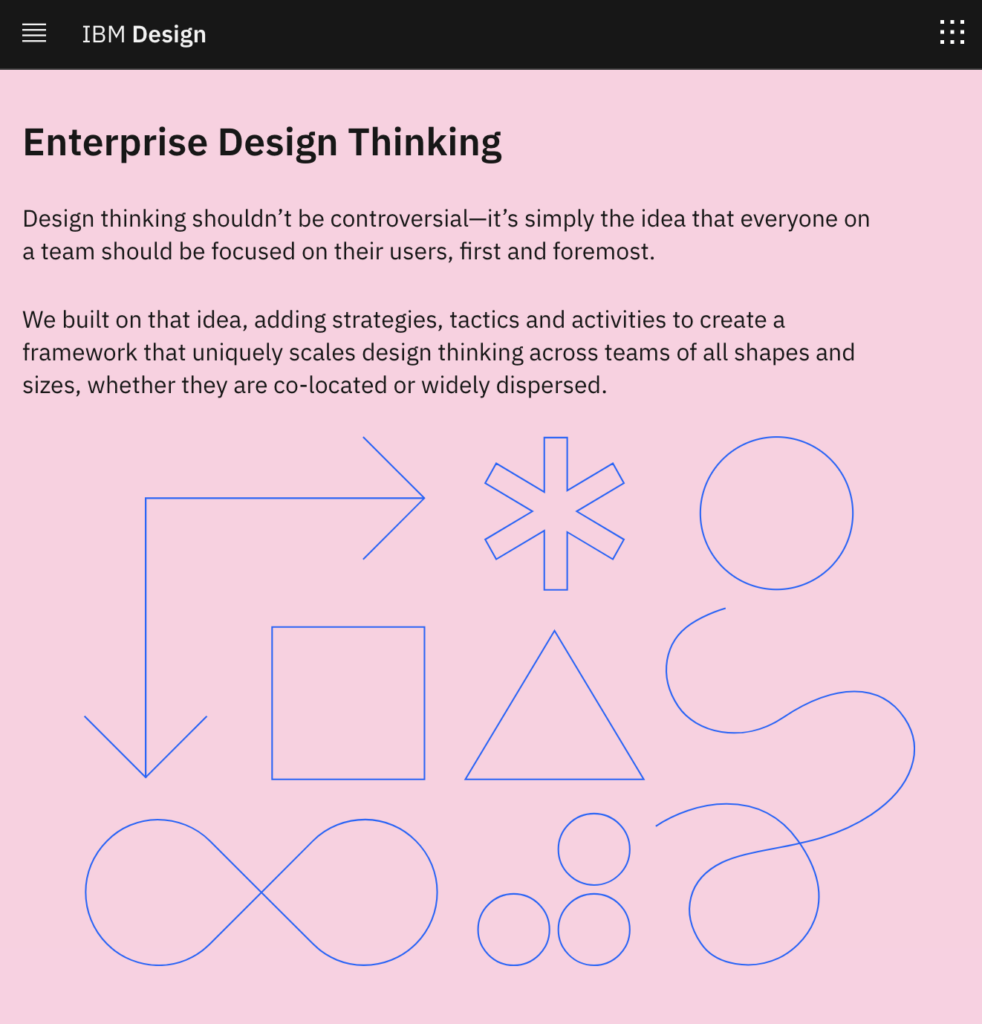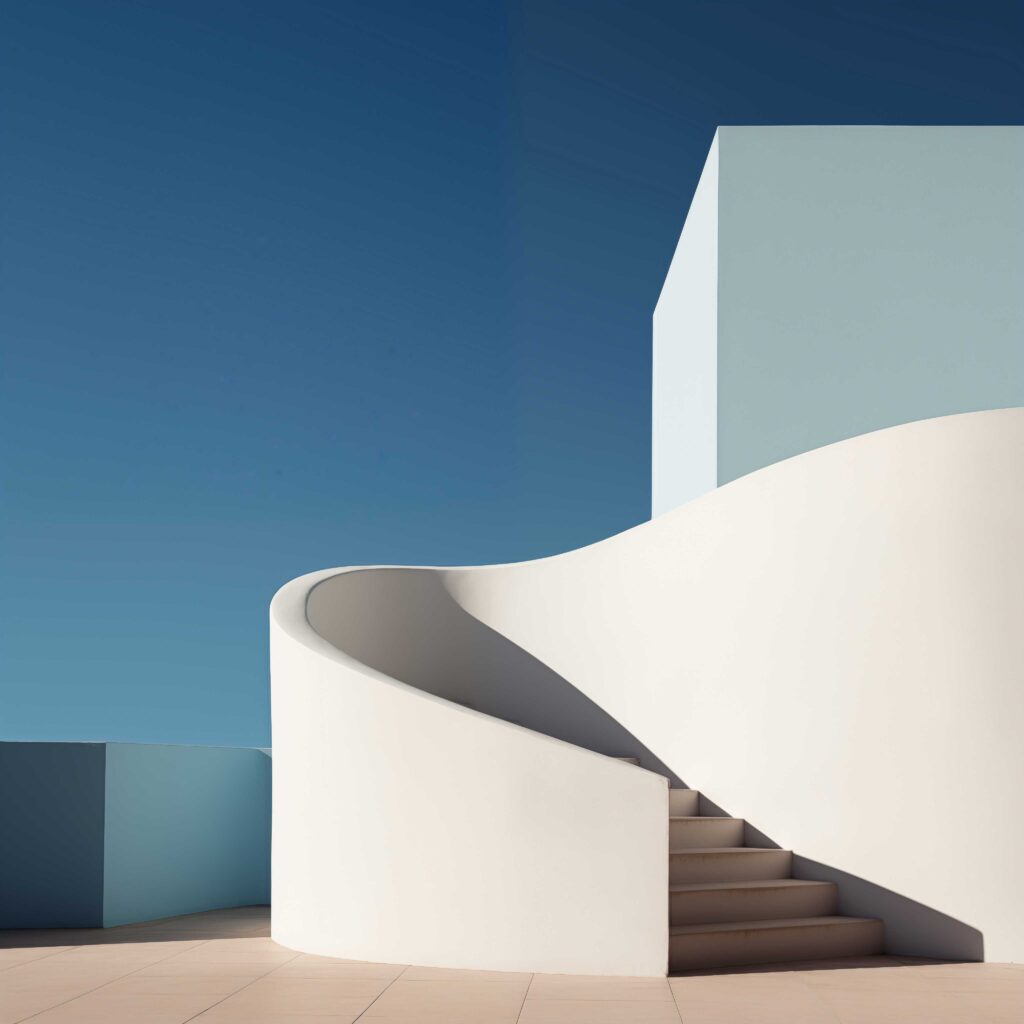The value of design is strategic, not decorative
Imagine two bike shops across the street from each other. One shop takes the bike’s design into consideration from the start. They hire the best bike designer they can. The bike designer researches other bikes on the market to figure out where they’re lacking. They ask people what they like and dislike about their current bikes, research materials, consider the bike company’s price point, cost, and profit margin, and they source materials and manufacturing to make sure the bike is built right. They test different designs. They make adjustments. They test again. They come up with a solid design that meets both the company’s goals and people’s desires. The bike goes into production. It sells well. Everyone is now rich.
The people at the bike shop across the street also make a bike. They select adequate materials and make a seat, a frame, brakes, and a gearing system. This is definitely a bike! Then they hire a designer and say, “Make this a comfortable bike!” The designer adds a sad little foam rubber seat cushion. The bike bombs.
The value of good design is the increased possibility of success. We understand its importance in everyday objects like chairs, clothes, watches, coffee makers, and a good mattress. When it comes to websites, we tend to think of design as a surface layer applied at the end. In truth, that website’s design started long ago. It can be intentional or happenstance. For design to be truly great, you need to build it into your projects from conception. Because if you’re not doing it, you can bet your competitors are.

To get design’s full value, you need to hire professional designers. Would you trust any other valuable part of your business to someone who wasn’t qualified to do it? Would you let your cousin’s best friend do your accounting because they had a calculator? Or let your neighbor reprogram your fuel injection system because they have three cars on blocks on their lawn? Probably not.
We hire professionals because we can hold them accountable. If you get audited, you’re taking your accountant with you to the hearing. If the credit card processing system on your site goes down, you want to know that your engineering team is on it. You also want to be able to call them into your office and ask what happened. When your users can’t figure out your site’s interface, you want to know you’ve got people trained in designing effective interfaces on the job. When you ask people to take on tasks that are neither part of their job nor something they’re trained at, you have no right to complain if they screw it up.

Can I guarantee that hiring a professional designer will result in good design? No more than a college can guarantee that studying there will make you smarter. But it certainly improves your odds. Especially if you find the right fit.
Look for thoughtful, inventive problem solvers with excellent communication skills. Don’t get dazzled by the “creatives” trap. Design isn’t decoration — it’s strategic and highly valuable. If you catch yourself thinking, “We could really use some of this energy around here,” put down the Kool-Aid. Treat your designers (and call them designers) as adult professionals. And hold them responsible for measurable job performance goals, the same as other employees.